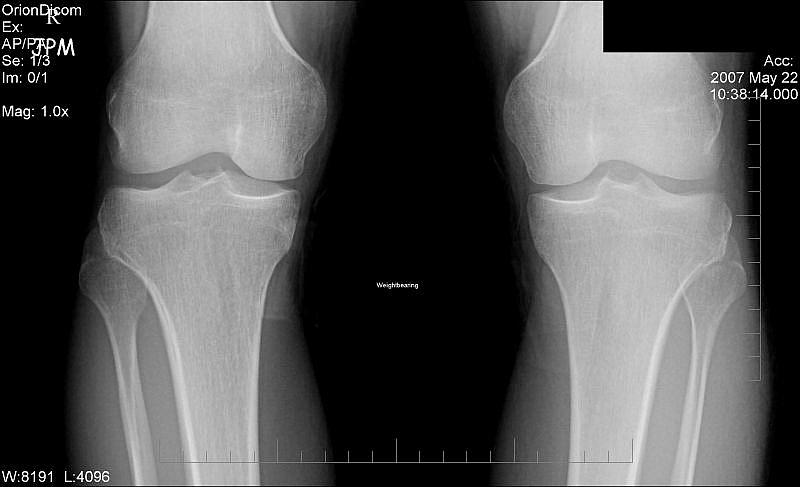A quick primer on how obesity changes body chemistry, spurs arthritis

Have you ever taken your car to the shop for one problem and left with a bill for five additional problems?
As a car’s mechanical components break down, similar chemical and electrical problems often happen in parallel. That’s why when the struts wear out, chances are good the brakes are bad, too.
With our bodies, as we gain weight, we put pressure on our joints that can lead to arthritis. But we also create other problems that trigger the disease.
One of those problems is the way obesity knocks our cholesterol levels out of balance. At optimum health, we have the right mix of cholesterol and triglycerides in our blood. Our arteries are open and blood is flowing freely to where it needs to go.
But when we gain too much weight, our triglycerides, low-density lipoproteins (LDLs), and free fatty acids start to climb. At the same time, our high-density lipoproteins (HDLs or the good cholesterol) become more scarce. The HDLs normally help keep our blood system working properly by ferrying LDLs to the liver where they’re broken down and ultimately excreted. Fewer HDLs leads to even more LDLs. This is known as “dyslipidemia.”
When patients with arthritis have their blood tested, they often have high cholesterol, which has led researchers to posit that high cholesterol is a risk factor for osteoarthritis. Recent research is starting to show why. The way cholesterol changes our body chemistry leads to breakdowns in our cartilage. So while our excess weight is putting pressure on our joints, the cholesterol is eating away at the cartilage that keeps our bones from grinding against each other.
That imbalance of triglycerides, LDLs, free fatty acids, and HDLs leads to another bad outcome, too. It can create bone marrow lesions, which speed up the breakdown of bones and cause pain.
A team of researchers from Monash University in Australia and Qatar University studied 148 women ranging in age from 40 to 67 and all free from arthritis pain. They measured the women’s cholesterol levels. Then they took an MRI scan of their knees. Then took another scan two years later. Doing so gave them measurements of their cartilage volume and any existing bone marrow lesions.
The researchers found that 126 women had no bone marrow lesions (BML) when they were first scanned. Two years later, 11 of those women did have lesions. When they looked at the cholesterol levels in those women and the women who did not develop lesions, they found a pattern.
The odds of developing a BML were 1.84 for every 1 mmol/L increase in total cholesterol after adjusting for the potential confounders of age and BMI.
So, as cholesterol levels went up, so did the odds that women would develop bone marrow lesions. The research suggests that in addition to causing pain, lesions can accelerate the breakdown of cartilage that comes with osteoarthritis.
And what about those free fatty acids? The word “acid” always makes me think of bubbling vats of acid used by super villains, which is appropriately alarming because these acids create inflammation in our tissues. I’ll write more about that in my next post.
[Photo by Gary Minnaert via Flickr.]

